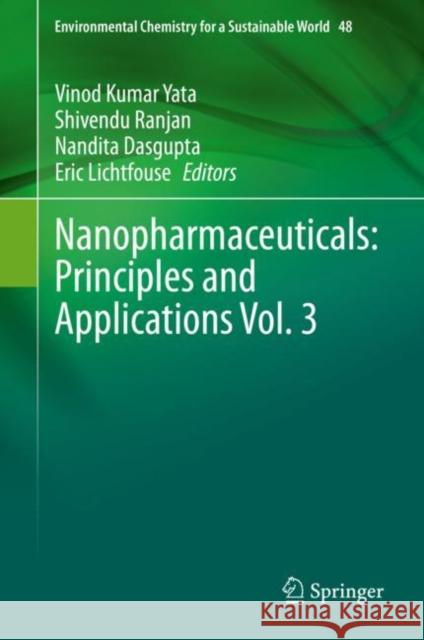Nanopharmaceuticals: Principles and Applications Vol. 3 » książka
topmenu
Nanopharmaceuticals: Principles and Applications Vol. 3
ISBN-13: 9783030471194 / Angielski / Twarda / 2020 / 340 str.
Nanopharmaceuticals: Principles and Applications Vol. 3
ISBN-13: 9783030471194 / Angielski / Twarda / 2020 / 340 str.
cena 603,81
(netto: 575,06 VAT: 5%)
Najniższa cena z 30 dni: 578,30
(netto: 575,06 VAT: 5%)
Najniższa cena z 30 dni: 578,30
Termin realizacji zamówienia:
ok. 22 dni roboczych
Dostawa w 2026 r.
ok. 22 dni roboczych
Dostawa w 2026 r.
Darmowa dostawa!
Kategorie:
Kategorie BISAC:
Wydawca:
Springer
Seria wydawnicza:
Język:
Angielski
ISBN-13:
9783030471194
Rok wydania:
2020
Wydanie:
2020
Numer serii:
000466533
Ilość stron:
340
Oprawa:
Twarda
Wolumenów:
01











